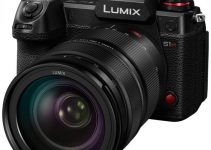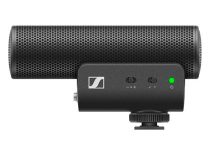The drone world keeps growing and while that is good news for everyone looking to pick one up it is bad news for those trying to figure out which one they should get. There are a lot of drones on the market and DJI is no longer the only option with Autel revamping their lineup in recent months.
If you want to find your first drone you should watch this ultimate guide from QuickAssTutorials. They got their hands on all the most popular drones of this generation and the last from DJI and Autel to figure out exactly which ones are worth picking up for different types of shooters.
While this guide is targets at total beginners, he starts it off by saying there isn’t a beginner drone. He means that there is no drone that you start up and is designed to be super easy to fly and with limited input so that someone who has never flown before can use it.
Anything super cheap is just going to be a toy. Now, with that said, all the drones shown here are still relatively easy to work with. They all have essentially the same control schemes. This means there is no working your way up you should just pick up the drone that fits your needs.
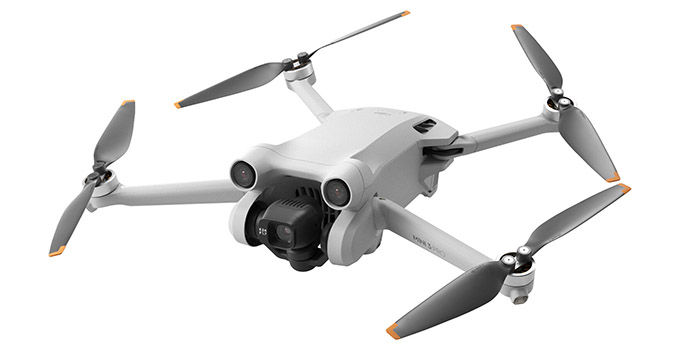
Image Credit: DJI
At this range there are a couple types of drones:
- Photo/Video Drones
- FPV Drones
The photo/video options make sense. They are optimized for steady, smooth flight and have excellent cameras. FPV drones are speedy, tiny options which are often used for racing and often are completely customized. Today it is all about photo/video drones.
With the range we are checking out today you will notice a huge price range. The main difference between the models is the camera quality.
Here’s the lineup and their prices:
- DJI Mini 2 — $450
- DJI Mini 3 Pro — $750
- DJI Mini SE — $300
- DJI Air 2S — $1,000
- Autel EVO Nano+ — $1,000
- DJI Mavic 3 — $2,100
- DJI Mavic 2 Pro — $1,000 (Used)
- Autel EVO II Pro 6K — $1,200 (Used)
- DJI Inspire 2 — $5,300
Check out all the sample footage he throws up. If all of it looks good to you then you are going to be happy that nearly any of these drones will be perfectly fine for you.
The only major difference might be the Inspire and that is a very pricey and very large option that most people shouldn’t even bother with and is only here as a reference.
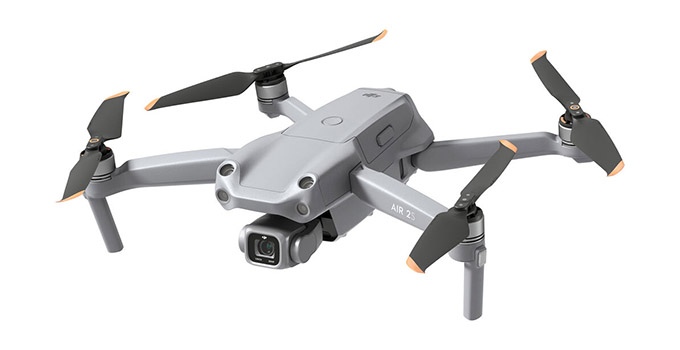
Image Credit: DJI
DJI does dominate this list as they are the ones who are pushing the technology the fastest. They do a good job despite some of their shortcomings and are the best and most common on the market.
Most of these are also smart drones. They have a controller/app, can fly up to 5 miles away, connect to GPS, can hover in place, have collision sensors, various warnings, and won’t take off near airports or in restricted airspace.
You’ll want a majority of these features so you should definitely pay extra to get them compared to super cheap drones. If you want to save cash go used.
A note on the Autel EVO Nano+… Unfortunately, even though at launch it looked like a super impressive option the DJI Mini 3 Pro came out shortly after and seemed to beat it out in most ways.
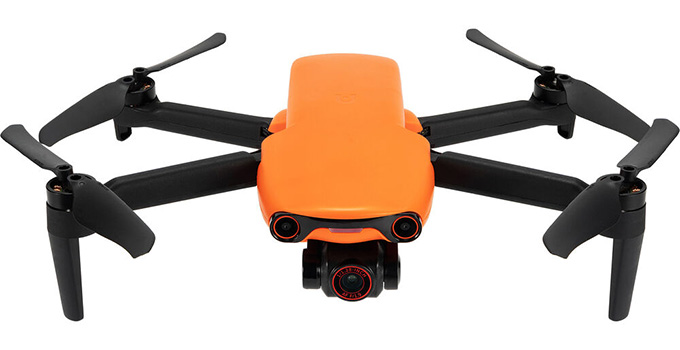
Image Credit: Autel
One big consideration is the size. While the Inspire is objectively the best quality its size makes it unlikely you’ll take it out that often. The second if you haven’t flown drones is that they get loud. The larger the drone the louder it gets.
Good technique and proper editing is going to go a long way in getting the best looking image and you can get a great image with all of these drones. If you are looking for the best for video right now you will want to check out the Mavic 3. It has a larger sensor, two camera systems, and high-quality codecs. It’s just pricey at $2,100 to start. You’ll need to pick up a bunch of accessories as well.
The biggest reason for the improved image quality is the sensor size. Bigger sensors generally result in bigger drones and all the drawbacks that come with it. That is why smaller drones are so popular even though they all essentially use the same 1/2.3” sensor.
Where DJI made a huge change is with the DJI Mini 3 Pro, which uses a bigger 1/1.3” sensor without pushing above the ultralight weight class. Better image quality without the size. The Mavic 3 pushes up above the next class in image quality without getting into the ultra-heavy size that is the Inspire 2.
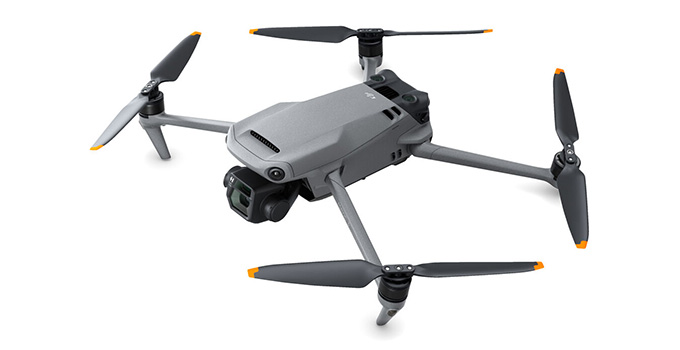
Image Credit: DJI
Bigger sensors have a few distinct advantages and dynamic range is one of them. You can see this quickly in anything with a bright light source, like the sun, in the frame. Another benefit is in low-light performance. For dim lighting, such as night or dawn/dusk, you’ll want a larger sensor.
One thing to almost ignore is the resolution. All of these will do at least 4K and the extra benefit of 6K or 8K recording isn’t going to show too clearly in the final product. If you are uploading to the web you really won’t see it.
Also, high frame rates aren’t too necessary unless you have a specific plan for slow-motion clips. Sometimes it is helpful to smooth out some shaky footage on windy days though.
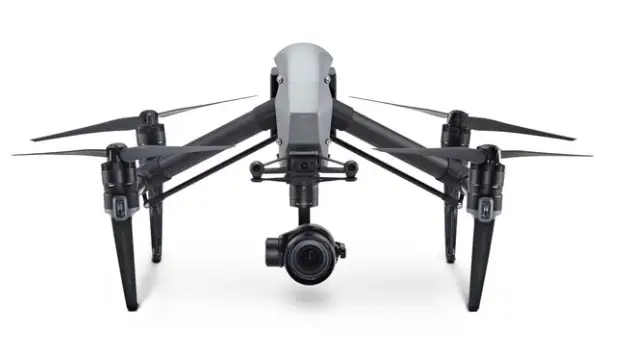
Image Credit: DJI
You should ask yourself a few questions before you jump into buying a drone:
- Doing this for fun or for money?
- What quality do you need/want?
- What is your budget?
If you are doing this fun you should stick with something like the Mini 2. If you are going for quality or are planning to get paid for your work you should upgrade to the DJI Mini 3 Pro or Air 2S.
Most people will be more than happy with these drones. The Mini 3 Pro is smaller, but the Air 2S benefits from a larger sensor and theoretically better image quality.
The Mini 3 Pro also has an option to use a Smart Controller and can shoot vertical video, which is something to consider. You’ll know if you need to upgrade to something like the Mavic 3.
Which drone is on your wish list?
[source: QuickAssTutorials]
Order Links:
- DJI Mini 3 Pro Drone (B&H, Amazon)
- DJI Mavic 3 Drone (B&H, Amazon)
- DJI Air 2S Drone (B&H, Amazon)
- DJI Mini SE Drone (B&H, Amazon)
- DJI Mini 2 Drone (B&H, Amazon)
- DJI Inspire 2 Drone with Zenmuse X5S (B&H, Amazon)
- Autel EVO II PRO 6K Drone (B&H, Amazon)
- Autel EVO Nano+ Drone (B&H, Amazon)
Disclaimer: As an Amazon Associate partner and participant in B&H and Adorama Affiliate programmes, we earn a small comission from each purchase made through the affiliate links listed above at no additional cost to you.


